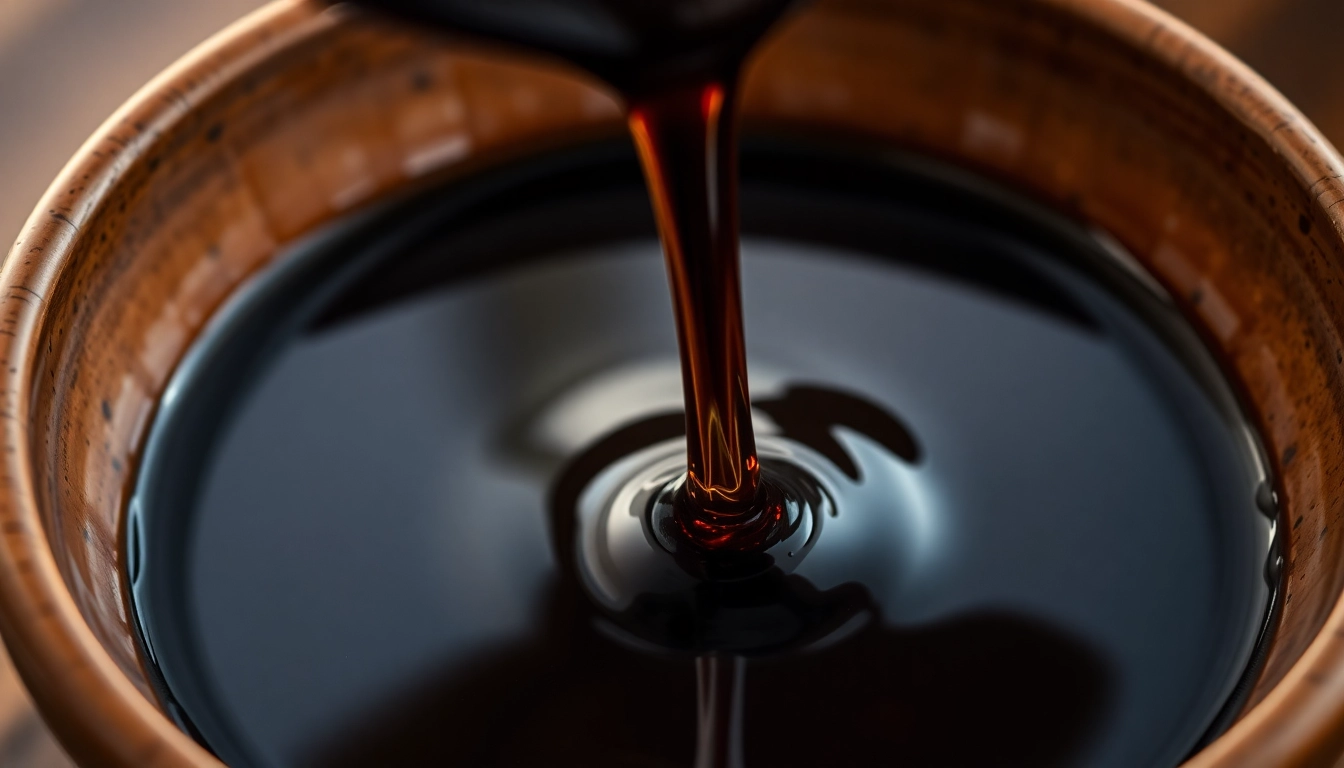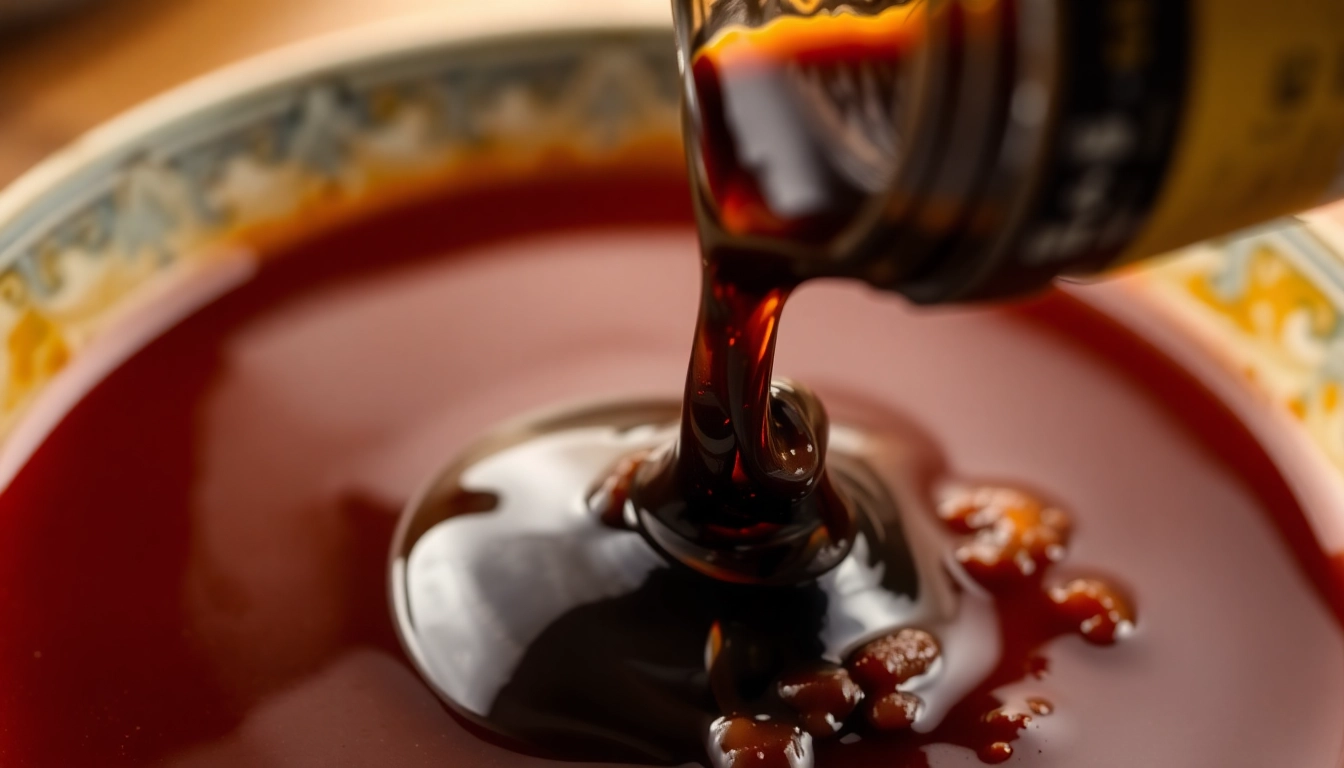Introduction to the Term DILF and Its Origins
The term dilf meaning has gained significant traction in contemporary pop culture, internet slang, and social media. Originally emerging from the playful and provocative realm of adult humor, DILF has evolved into a widely recognized acronym that encapsulates a specific attraction towards older, mature men who exude sex appeal. While initially used humorously or as a compliment, the term has cemented itself within various cultural contexts, reflecting changing attitudes toward masculinity, attractiveness, and age. Understanding the origins of DILF requires exploring its linguistic roots, cultural influences, and how it has shifted from niche slang to mainstream language.
What Does DILF Mean? Breaking Down the Acronym
The acronym DILF stands for Dad/Daddy I’d Like to F*. It is a colloquial and often humorous way to describe an older man who is considered physically attractive and sexually appealing. Importantly, the term does not necessarily imply that the man is actually a father; rather, it emphasizes the qualities associated with maturity, masculinity, and attractiveness. The “Dad” or “Daddy” component underscores a sense of authority, confidence, and life experience, which many find alluring.
Breaking down the acronym helps clarify its connotations:
- Dad/Daddy: Signifies maturity, authority, and nurturing qualities often associated with father figures.
- I’d Like to F*: Expresses sexual interest or desire.
Thus, DILF is a playful, provocative term that combines admiration of mature masculinity with sexual attraction. It shares a similar structure to the more established term MILF, which stands for “Mom I’d Like to F*,” but specifically targets older men rather than women.
The Cultural Evolution of the Term: From Humor to Admiration
Initially, DILF emerged as a humorous or teasing term within pop culture and internet circles. Its playful nature made it a popular meme among younger audiences seeking to express admiration for older men who embody attractiveness and confidence. Over time, however, the term has taken on a more nuanced role, often used as a compliment or even a badge of admiration for men who exemplify the qualities associated with being a desirable father figure or mature male.
The evolution of DILF reflects broader societal shifts in attitudes towards masculinity and aging. Where once older men might have been overlooked or considered less attractive, the modern portrayal of DILF celebrates masculinity that is confident, well-groomed, and sexually appealing regardless of age. This transition from humorous slang to a term of genuine admiration demonstrates how language adapts to changing cultural perceptions.
Furthermore, the popularity of the term has been amplified by social media platforms, where memes, posts, and community discussions have helped normalize and elevate the status of DILF in popular culture.
Popular Media Featuring DILF Characters
Daddy Halsin in Baldur’s Gate
One of the most notable examples of the DILF archetype in modern media is the character Daddy Halsin from the popular video game Baldur’s Gate III. Halsin is a druid and leader of the Emerald Grove, known for his protective nature, strength, and commanding presence. Fans quickly took to calling him “Daddy Halsin” due to his mature, rugged appearance and nurturing personality, which embodies many qualities associated with the DILF label.
His character design emphasizes masculinity and charisma, making him a fan favorite not only for his role within the game but also as a representation of the DILF ideal. The character’s popularity highlights how gaming culture has embraced this archetype, often blending admiration with humor.
Fred Andrews in Riverdale
The character Fred Andrews from the Netflix series Riverdale, portrayed by actor Luke Perry, is often cited as a quintessential DILF. Since the show’s debut in 2017, fans have admired Fred for his maturity, leadership qualities, and good looks. His character embodies the traditional masculine ideal—strong, caring, and dependable—making him a relatable and attractive figure for many viewers.
Fred Andrews’ portrayal reflects societal appreciation for the “dad” figure who balances strength with warmth. His presence on screen has helped popularize the DILF stereotype in mainstream entertainment, reinforcing the idea that older men can be just as alluring and desirable as younger counterparts.
Rob’s Father in American Pie Presents: The Book of Love
The 2009 comedy film American Pie Presents: The Book of Love features a character who is a perfect example of the DILF archetype—Rob’s father. The film, which belongs to the same franchise that popularized the term MILF, introduces this character as a humorous and attractive older man who catches the attention of younger characters. His role underscores how the DILF concept has been integrated into comedic and adult entertainment, often used to generate humor or admiration.
DILFs in Internet Culture
DILFs of Disneyland Instagram Account
One of the most prominent manifestations of DILF culture is the Instagram account DILFs of Disneyland. With over 300,000 followers, this account curates photos of attractive, older men enjoying family time at Disneyland, often with their children or partners. The account celebrates the idea that these men are not only attractive but also embody the wholesome, family-oriented image associated with the theme park.
This social media presence has helped normalize the term, portraying DILFs as approachable, loving fathers who also possess an undeniable sex appeal. It also emphasizes that DILF attractiveness is not limited to Hollywood or fiction but exists within everyday life.
Reddit Communities like r/DILFs
The Reddit community r/DILFs is a vibrant, NSFW forum where nearly 100,000 members share images, videos, and discussions centered around DILF content. This community showcases the broad appeal of the term across various demographics and emphasizes the importance of consent, respect, and appreciation within online spaces. Members often post pictures of attractive older men, discuss the qualities that make someone a DILF, and share personal preferences.
This online community exemplifies how digital platforms serve as spaces for admiration and celebration of the DILF archetype, fostering a sense of camaraderie among fans and enthusiasts.
DILF vs. MILF: Cultural Perceptions and Differences
While both DILF and MILF are acronyms that denote sexual attraction towards older individuals, the cultural perceptions surrounding these terms differ significantly. MILF, which became popularized in the late 1990s and early 2000s, often emphasizes youthfulness, attractiveness, and sexual independence among women. It has been both celebrated and criticized for its objectification and portrayal of women as desirable commodities.
In contrast, DILF tends to be associated with masculinity, maturity, and a certain ruggedness or fatherly appeal. The term often carries connotations of strength, protection, and confidence, reflecting societal ideals of masculinity. Moreover, DILF is frequently used in humorous or affectionate contexts, whereas MILF can sometimes carry more explicit or commercial undertones.
Public perceptions of these terms are evolving, with increasing awareness of gender dynamics and respect. The appreciation for DILF often aligns with admiration of masculinity and maturity, while MILF has historically been more associated with female sexuality and empowerment, though both have faced criticism for objectification.
The Role of DILF in Modern Media and Pop Culture
Modern media continues to feature DILF characters, often as a way to challenge stereotypes or add humor. From television shows to movies, the archetype of the attractive, mature man is used to evoke admiration, humor, or both. For example, actors like George Clooney, Idris Elba, and Pierce Brosnan are frequently cited as real-life DILFs due to their age, charisma, and appearance.
In addition, the concept has permeated advertising, fashion, and entertainment, where brands capitalize on the appeal of mature masculinity. The rise of social media influencers who embody the DILF persona has further cemented its place in popular culture. These figures often promote grooming, fashion, and lifestyle products geared toward an older demographic that still seeks to be attractive and desirable.
Overall, DILF has become a symbol of confident masculinity and allure, transcending entertainment to influence real-world perceptions of aging and attractiveness.
How the Term Is Used Today: Humor, Compliments, and Social Commentary
Today, DILF is used in various contexts, often blending humor, genuine admiration, and social commentary. On social media, it is common to see people posting images or memes celebrating attractive older men, with captions that playfully refer to them as DILFs. These posts often aim to normalize aging masculinity and challenge stereotypes about attractiveness and age.
In personal conversations, calling someone a DILF can be a compliment that highlights their attractiveness and maturity. It can also serve as a form of flirtation or teasing, depending on the context and relationship. The term’s versatility makes it popular across different settings—from casual chats to entertainment commentary.
Moreover, the term has sparked discussions about gender roles, aging, and societal standards of beauty. Some critics argue that the popularity of DILF reflects a broader acceptance of mature masculinity as desirable, while others caution against objectification or superficial judgments based solely on appearance.
Conclusion: The Significance and Ongoing Popularity of DILF
The dilf meaning has evolved from a humorous slang term to a cultural phenomenon that celebrates mature masculinity and attractiveness. Its presence across media, internet communities, and social platforms underscores the shifting perceptions of age, gender, and desirability. Whether used as a compliment, a meme, or a symbol of admiration, DILF continues to resonate with audiences worldwide, reflecting a broader acceptance and appreciation of older men as desirable figures.
As society continues to challenge stereotypes and embrace diverse standards of beauty, the DILF archetype will likely remain a prominent and influential part of modern pop culture. Its popularity demonstrates that attractiveness is not confined to youth but extends across age groups, emphasizing confidence, charisma, and authenticity. The ongoing fascination with DILF highlights the complex ways in which language, media, and social attitudes intersect to shape perceptions of masculinity and desirability.





